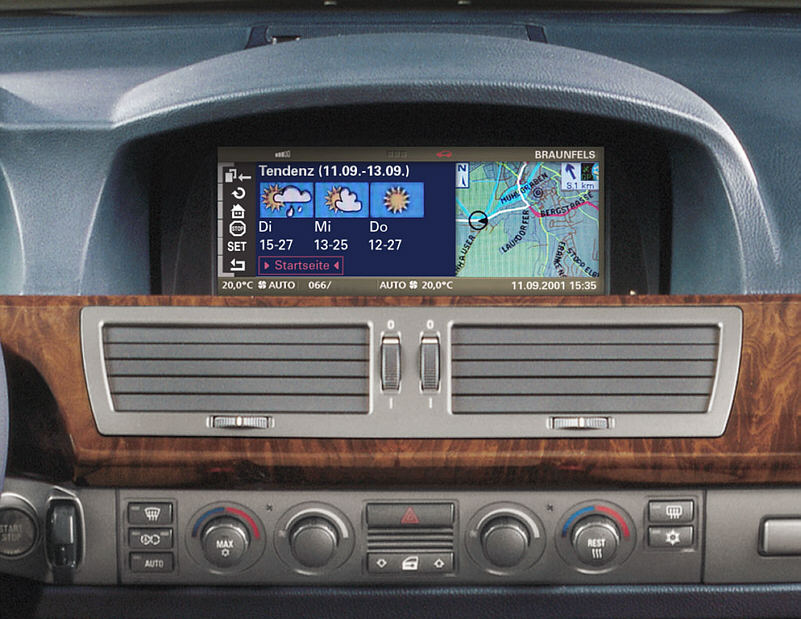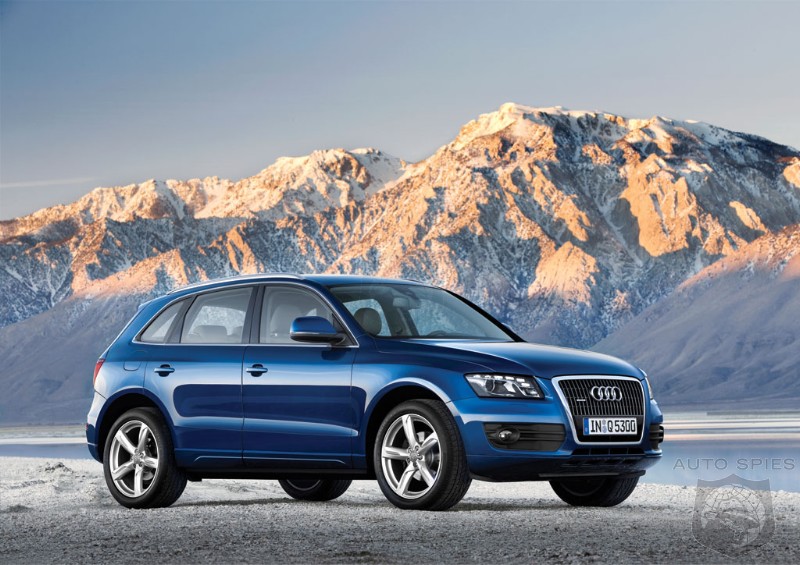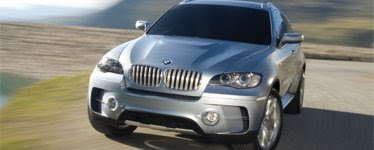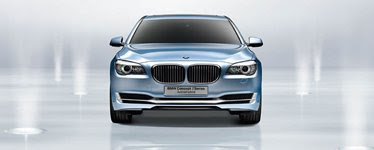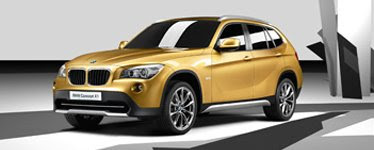
Total consumption (combined): from 11.9 to 14.8 ltr/100 km. CO2 emissions combined:
from 287 to 357 g/km.
Further information on the official fuel consumption and on the official specific CO2 emissions of new automobiles can be found in the guidelines on fuel consumption and CO2 emissions of new automobiles which are available free of charge at all retail outlets and from DAT Deutsche Automobil Treuhand GmbH, Helmut-Hirth-Str. 1, 73760 Ostfildern-Scharnhausen, Germany.

The ten-cylinder engine with a capacity of five litres is the top engine in the BMW M family, thanks not only to the tremendous power produced by its 294 kW (400 hp) and the torque value of 500 Nm, but also to the Digital Motor Electronics (DME) which execute up to 25 million commands every single second.

It regulates the electronic throttle butterfly control, a system which converts every movement of the driver's foot into an engine command instantaneously. The electronic throttle butterfly control also takes care of M Servotronic and M double-Vanos.

In addition, the M high-revolution concept has been delivering that Formula One feeling for over twenty years. Combined with a similarly impressive transmission system, high-speed engines mean maximum strength with the accompanying full-bodied sound - the M3, for example, delivers between 1,000 and 8,000 rpm.
And against the odds, BMW have been able to keep the weight and size of the engine relatively low despite the massive increase in strength.












